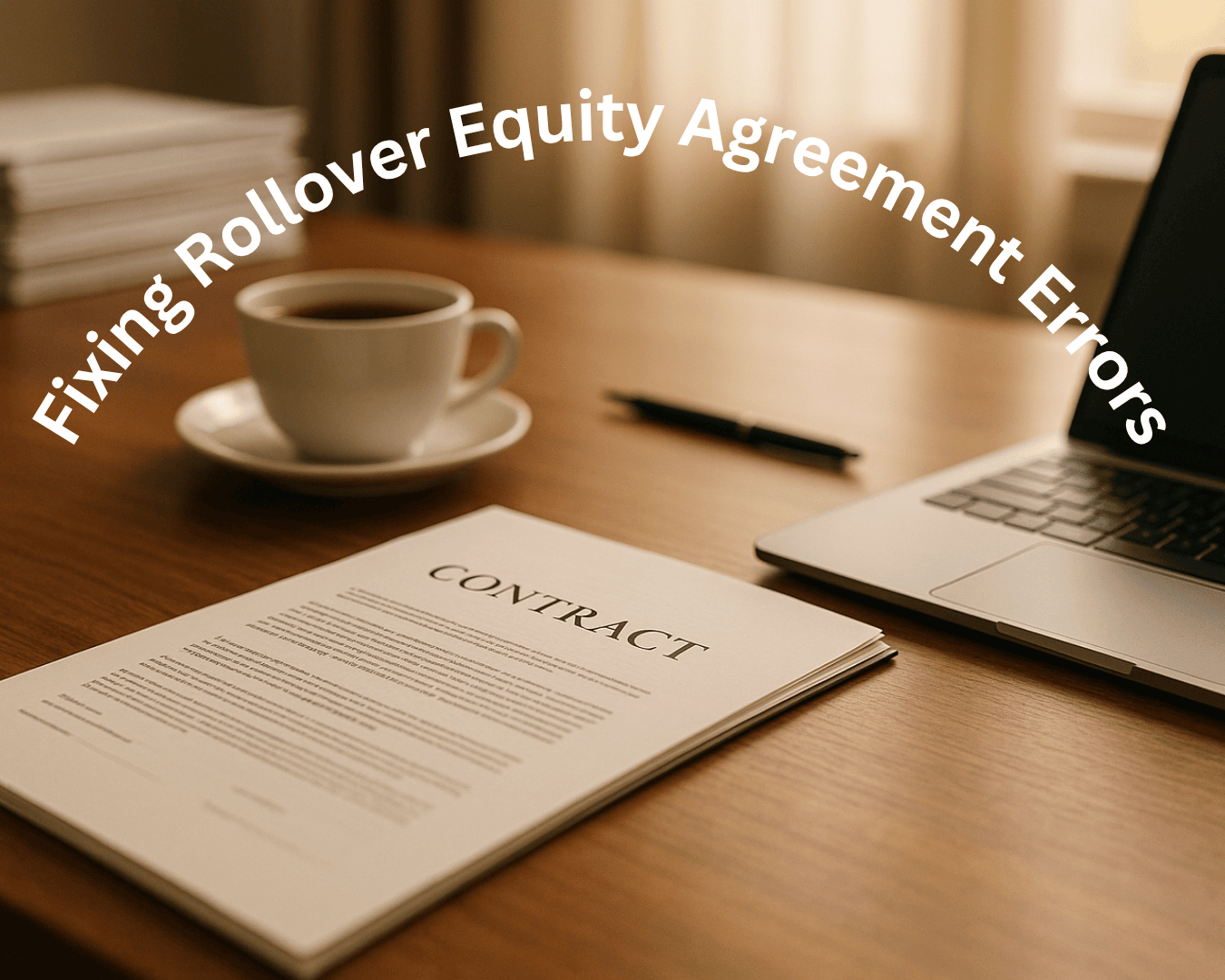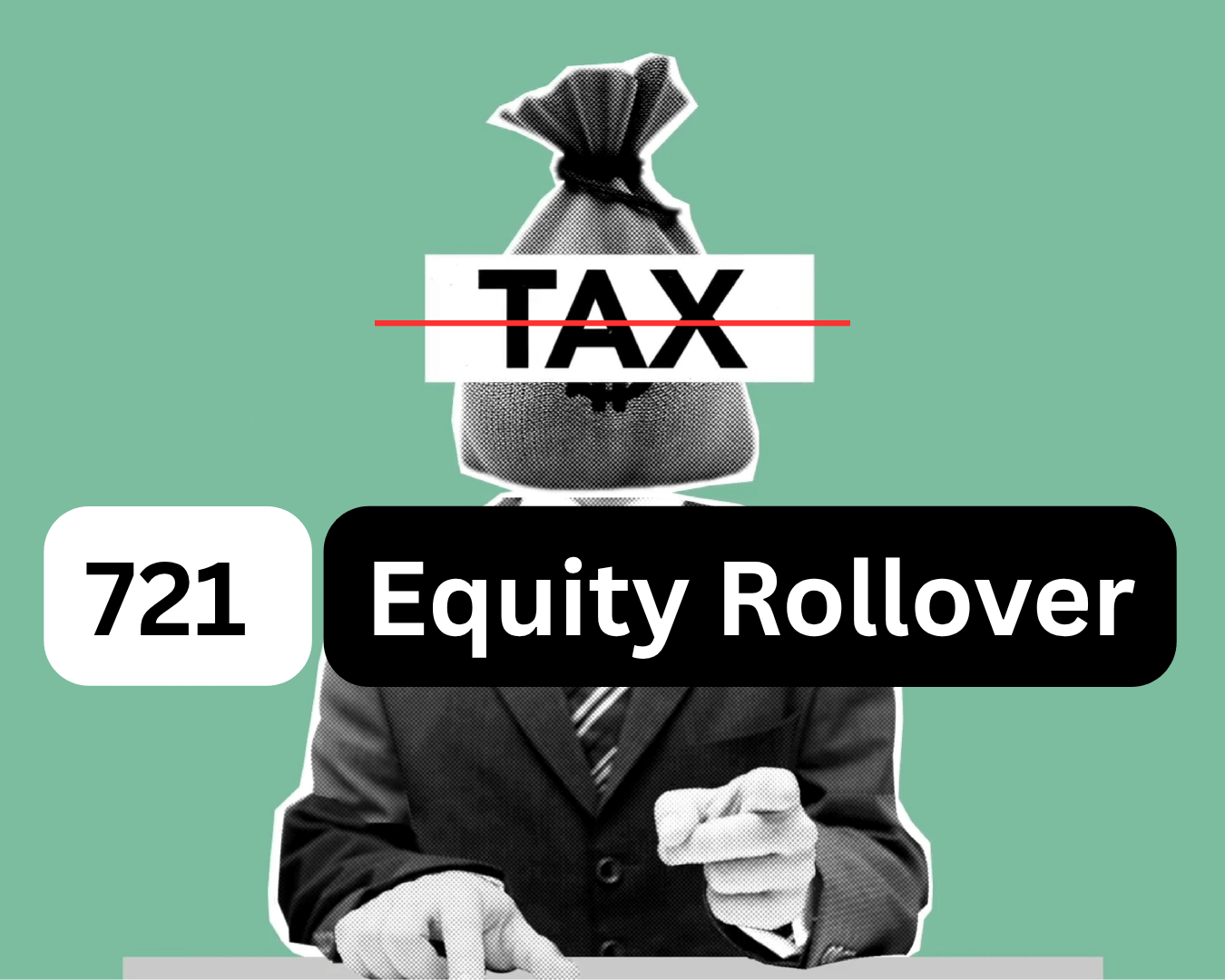Mergers and acquisitions are heating up, and the signs are pointing to opportunity for Main Street buyers, sellers, and investors. Recent reports show that private equity (PE) and mega-deal activity is accelerating, and history tells us that when capital flows upstream, it doesn’t take long to reach the lower-middle and Main Street markets.
1. Mega-Deals Are Back in Action
In the first half of 2025, global M&A volume hit $2.2 trillion, a 27% increase from 2024. Transactions over $10 billion jumped 57%, and deals over $1 billion surged 72%, hitting their highest levels in 20 years. Private equity firms were major players, closing $168 billion in take-private deals, the strongest pace since 2022.
This surge of activity is more than just headlines. Big-ticket transactions signal confidence in the market, and that confidence tends to trickle down. When institutional capital is moving, it encourages smaller investors and lenders to follow suit.
2. Sponsors Are Moving Into Middle and Lower-Market Opportunities
While billion-dollar deals grab the spotlight, PE sponsors are also quietly increasing their exposure to the middle market. Minority-stake transactions are up 34% year-over-year, with tech and AI-enabled businesses attracting the most attention.
This shift reflects a strategic trend: large sponsors execute big, headline-grabbing deals, then seek add-on acquisitions and scalable, founder-led companies to grow platforms. That’s Main Street’s wheelhouse.
3. Upstream Capital Will Migrate Downstream
Even sectors like oil and gas—traditionally the last to see M&A spikes—are showing renewed consolidation. When top-of-market deals start to slow due to valuation gaps or limited supply, private equity firms often turn to smaller, more plentiful deals to deploy capital and keep funds moving.
For Main Street owners considering an exit, this migration of capital can translate into better valuations and more active buyer interest.
4. Financing and Sentiment Are Improving
Investor confidence is rising. In early 2025, sentiment indexes climbed into the mid-70s, the highest since pre-2022. Meanwhile, large acquirers are funding deals with more equity and cash, less debt, reducing the financing friction that often restricts small deals.
When lenders and private equity firms are confident, Main Street transactions benefit. SBA-backed loans, seller financing, and creative capital structures all become easier to execute.
5. Why This Matters for Main Street M&A
- Capital is active and looking for homes: What starts in the mega-deal market eventually fuels add-ons and roll-ups.
- Valuations may firm up: Active buyers create competitive pressure, improving exit opportunities.
- Owner transitions become more viable: Retiring owners and family businesses can find more options for succession.
- Platform roll-ups thrive: Sectors like home services, fitness, healthcare, and niche manufacturing are prime for sponsor-driven add-ons.
Bottom Line
The uptick in upstream private equity and M&A is more than Wall Street news—it’s a leading indicator that Main Street dealmaking is loosening up. If you’re considering buying, selling, or investing in a small to mid-sized business, this could be the early stage of a very active cycle.










.png)



























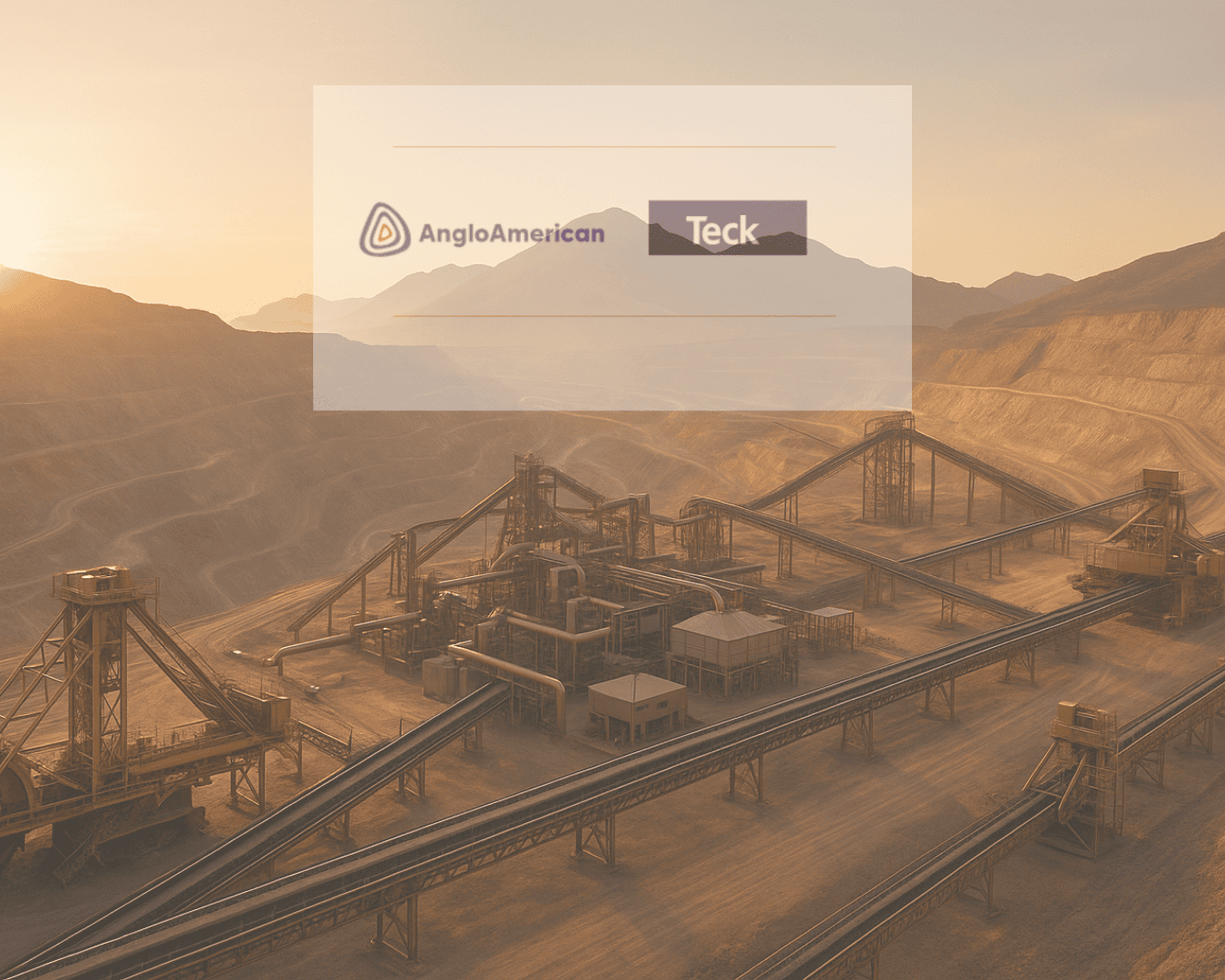

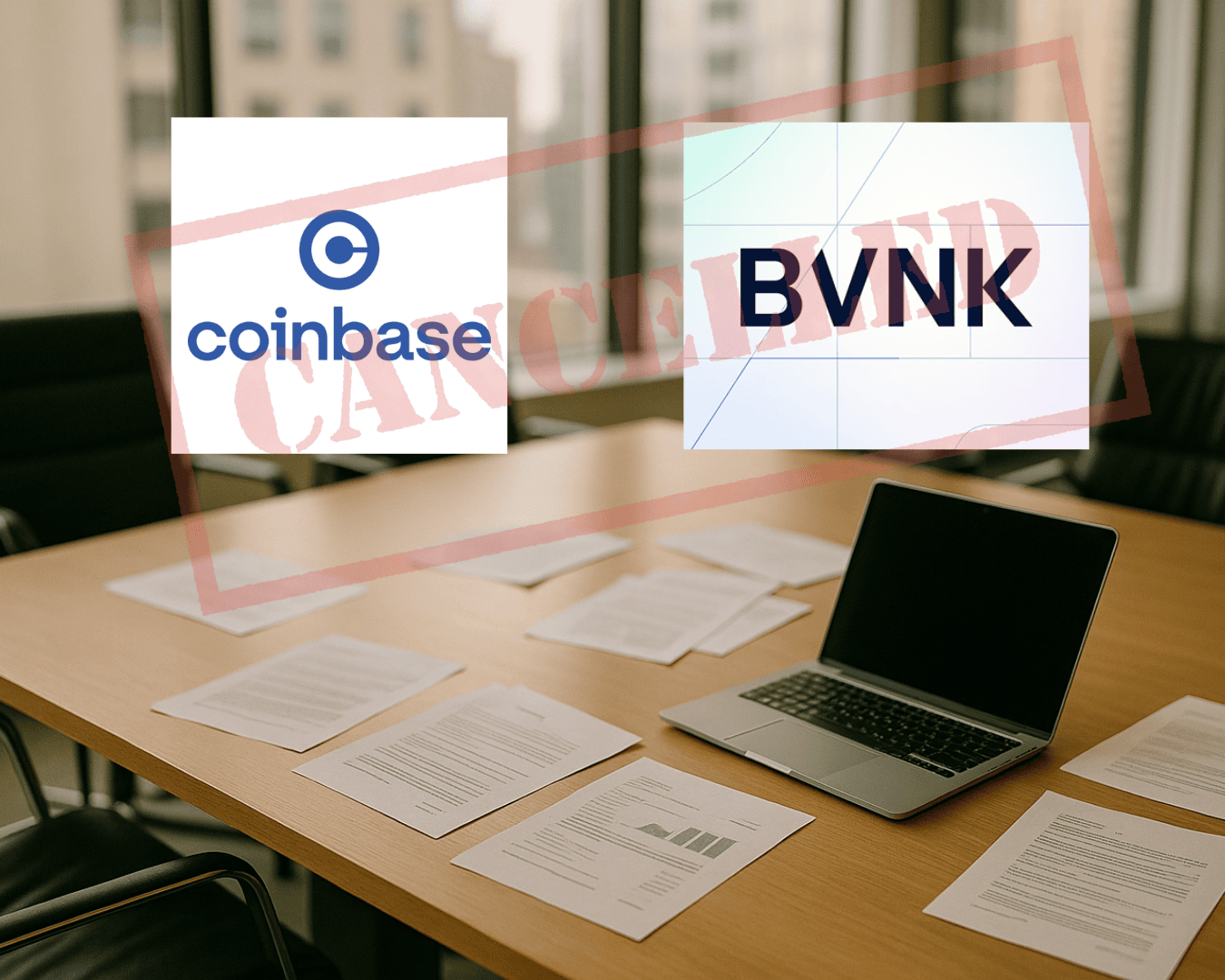









.png)






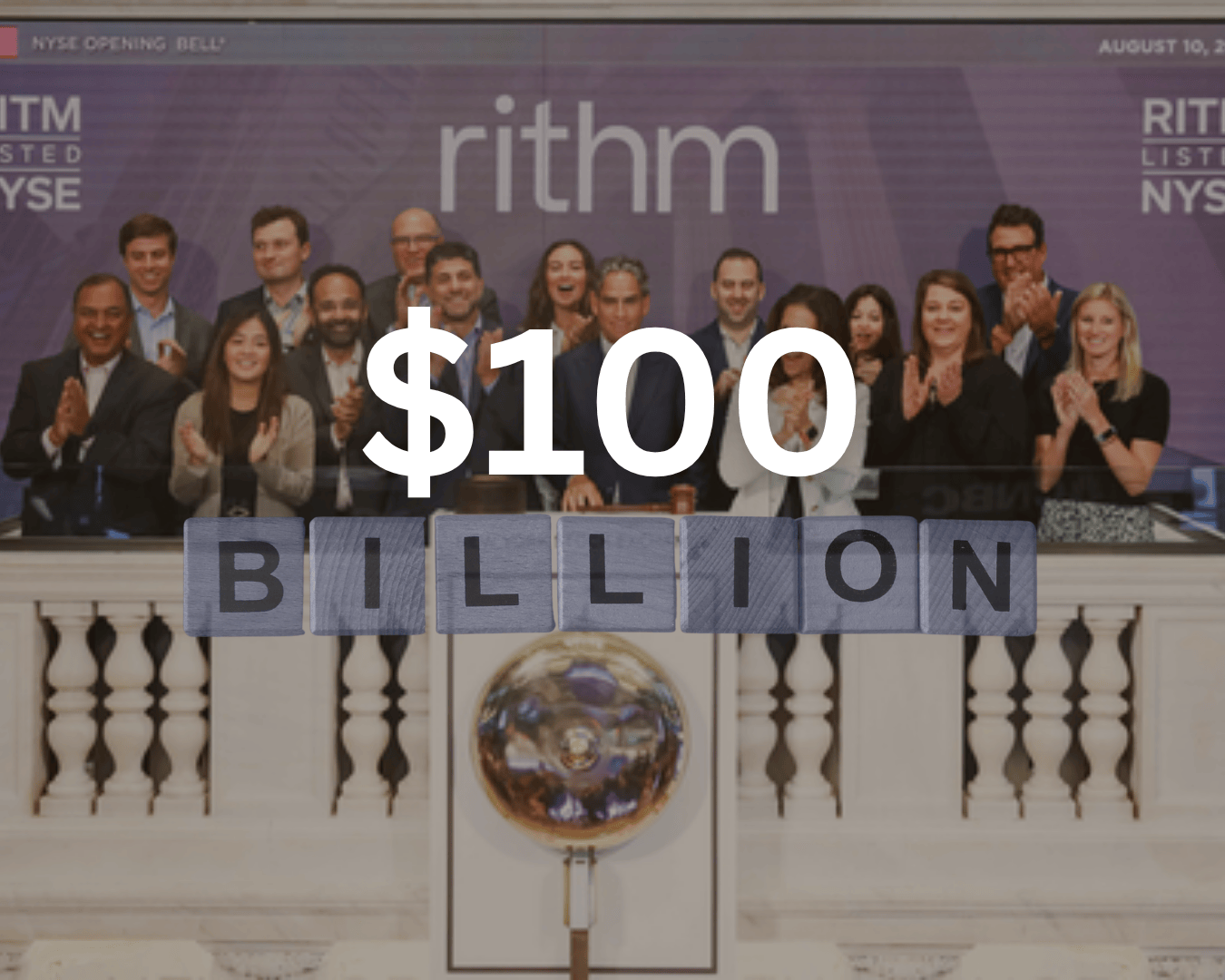















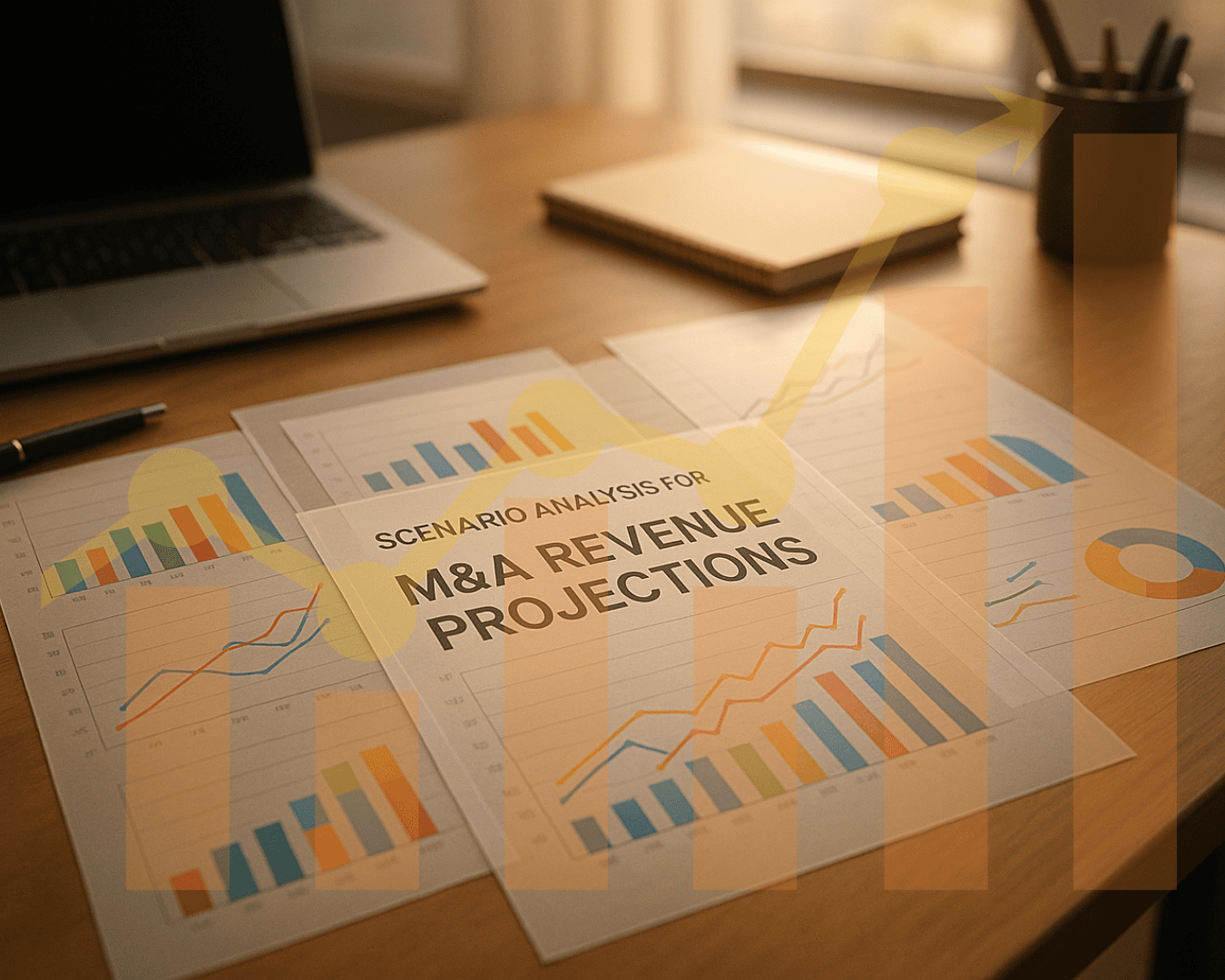





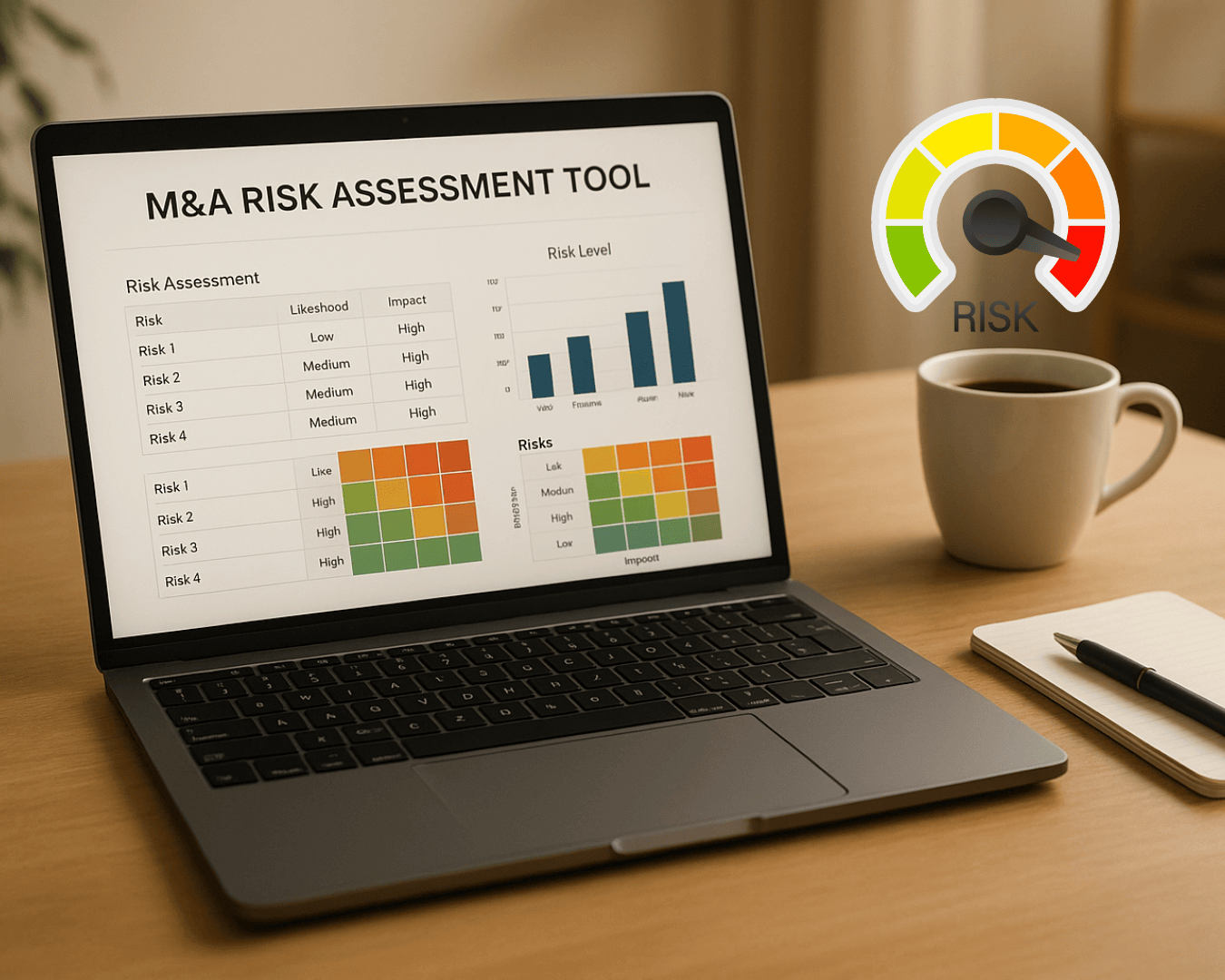
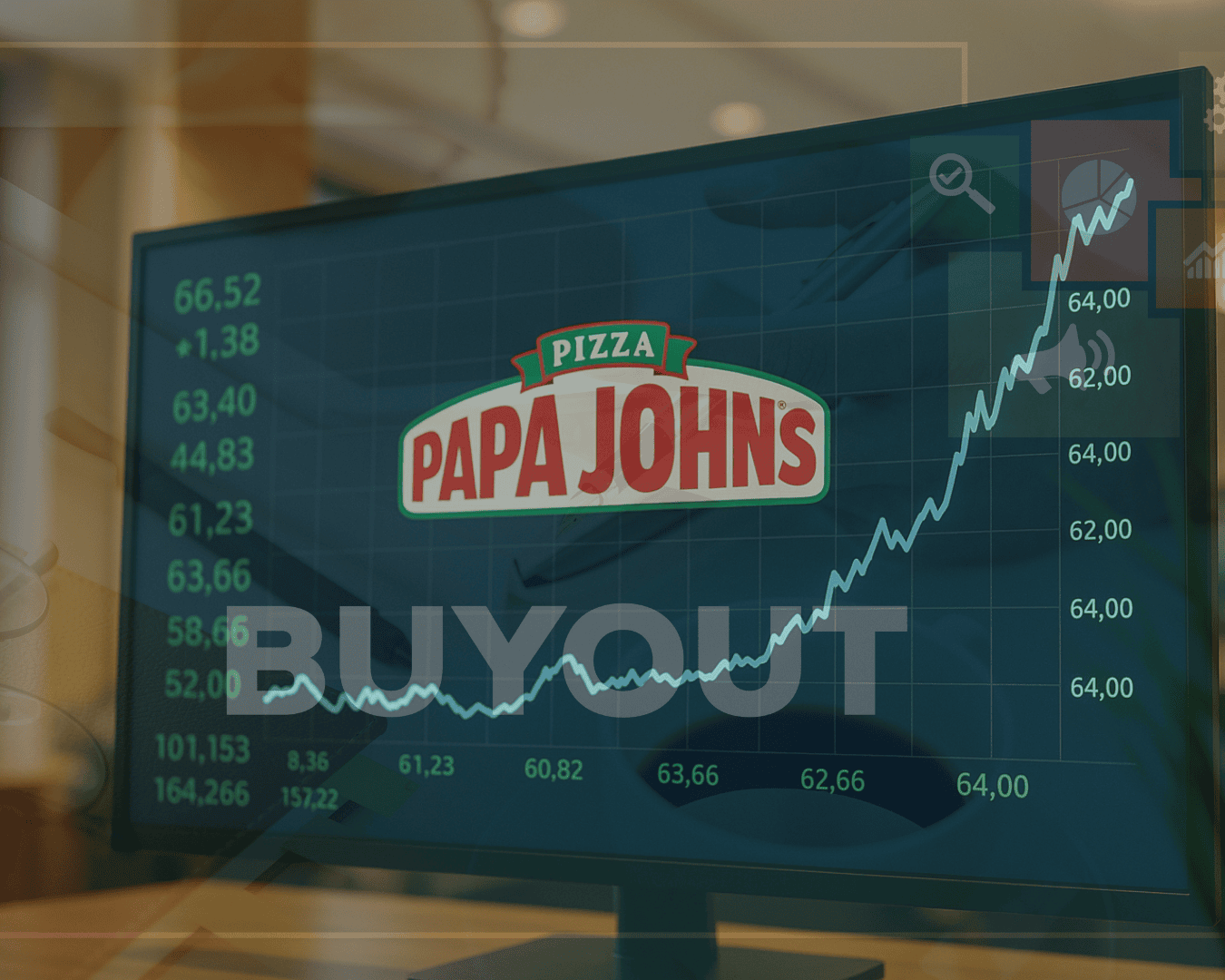

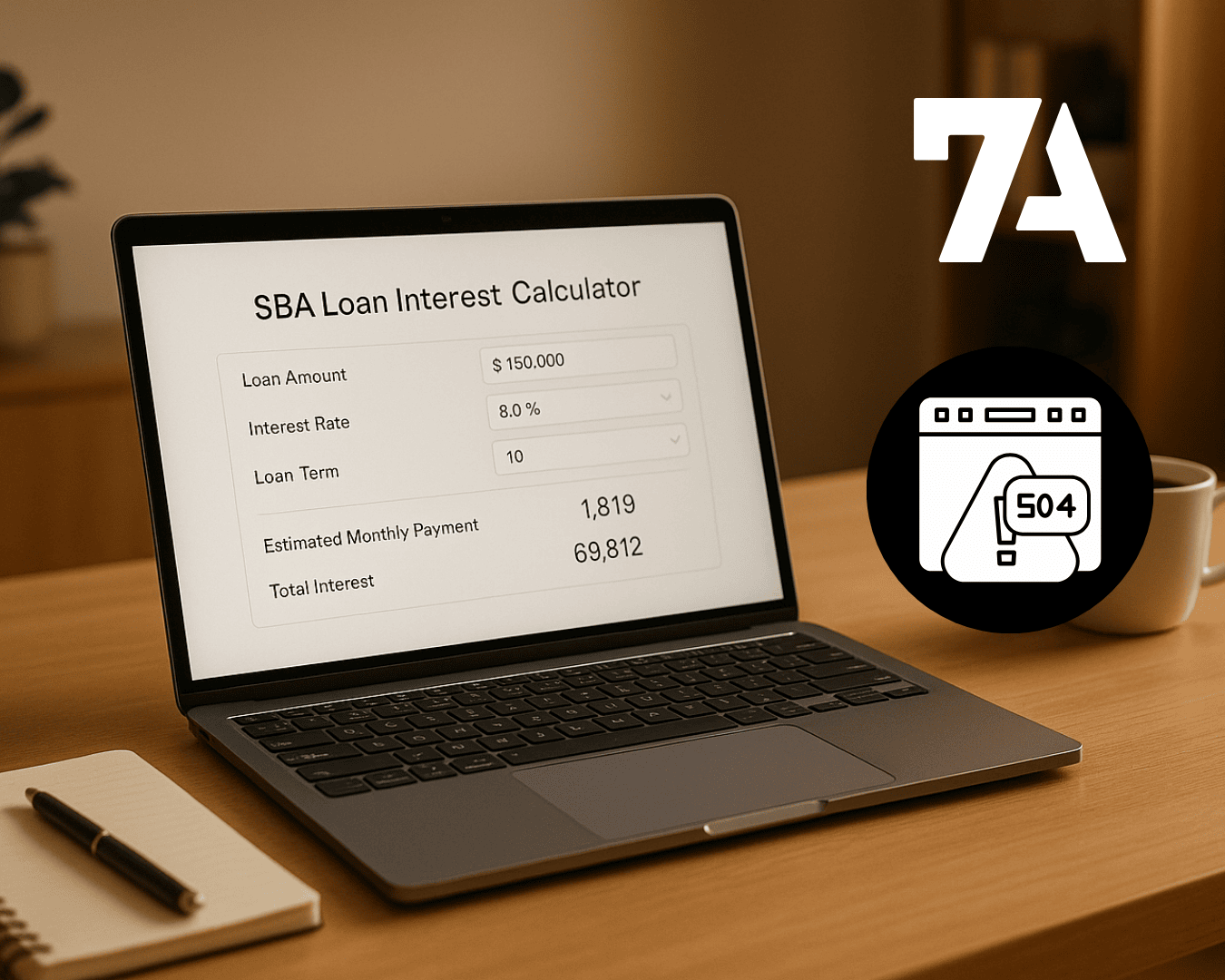








%20Loan%20Application%20Checklist.png)
